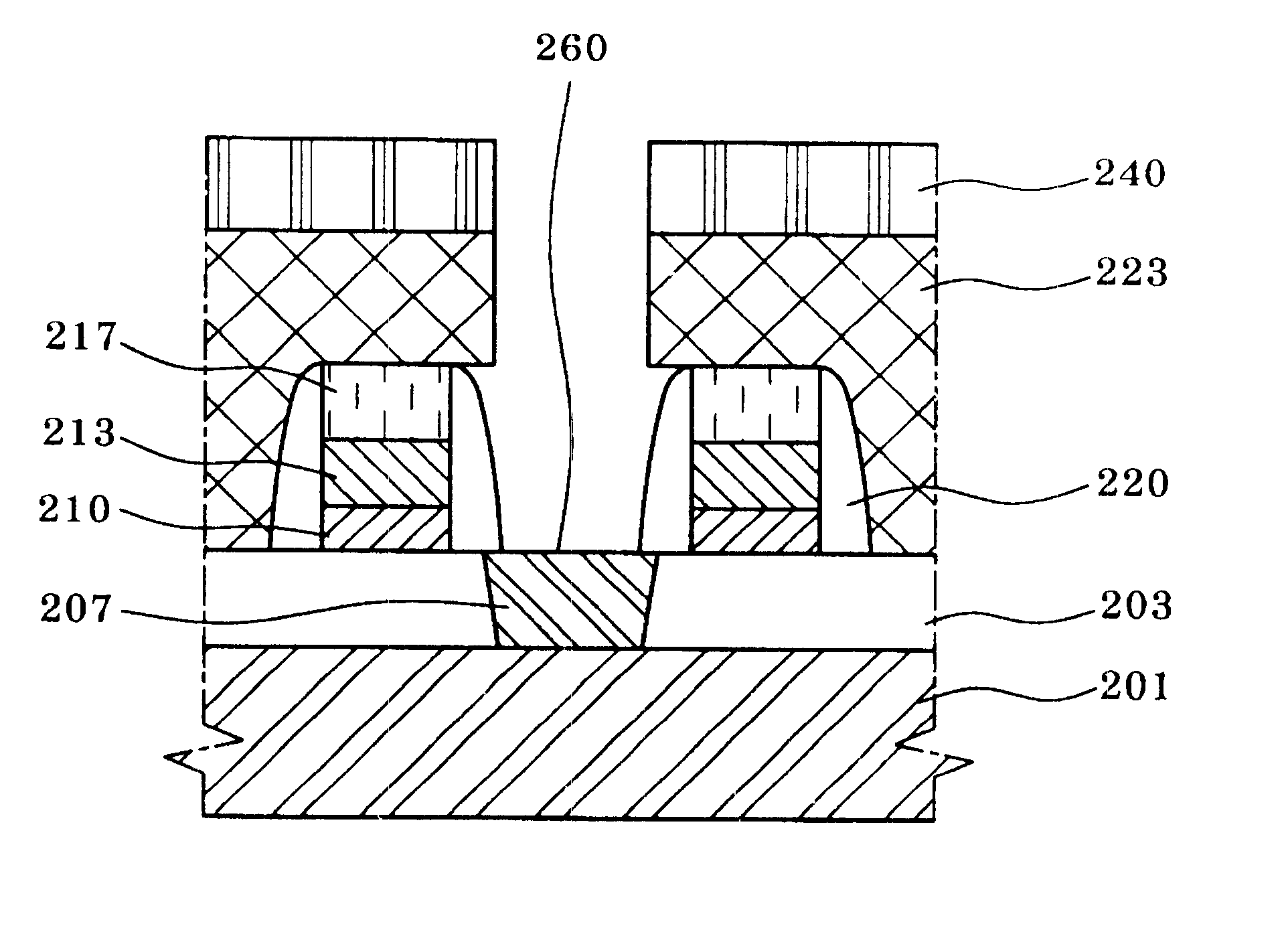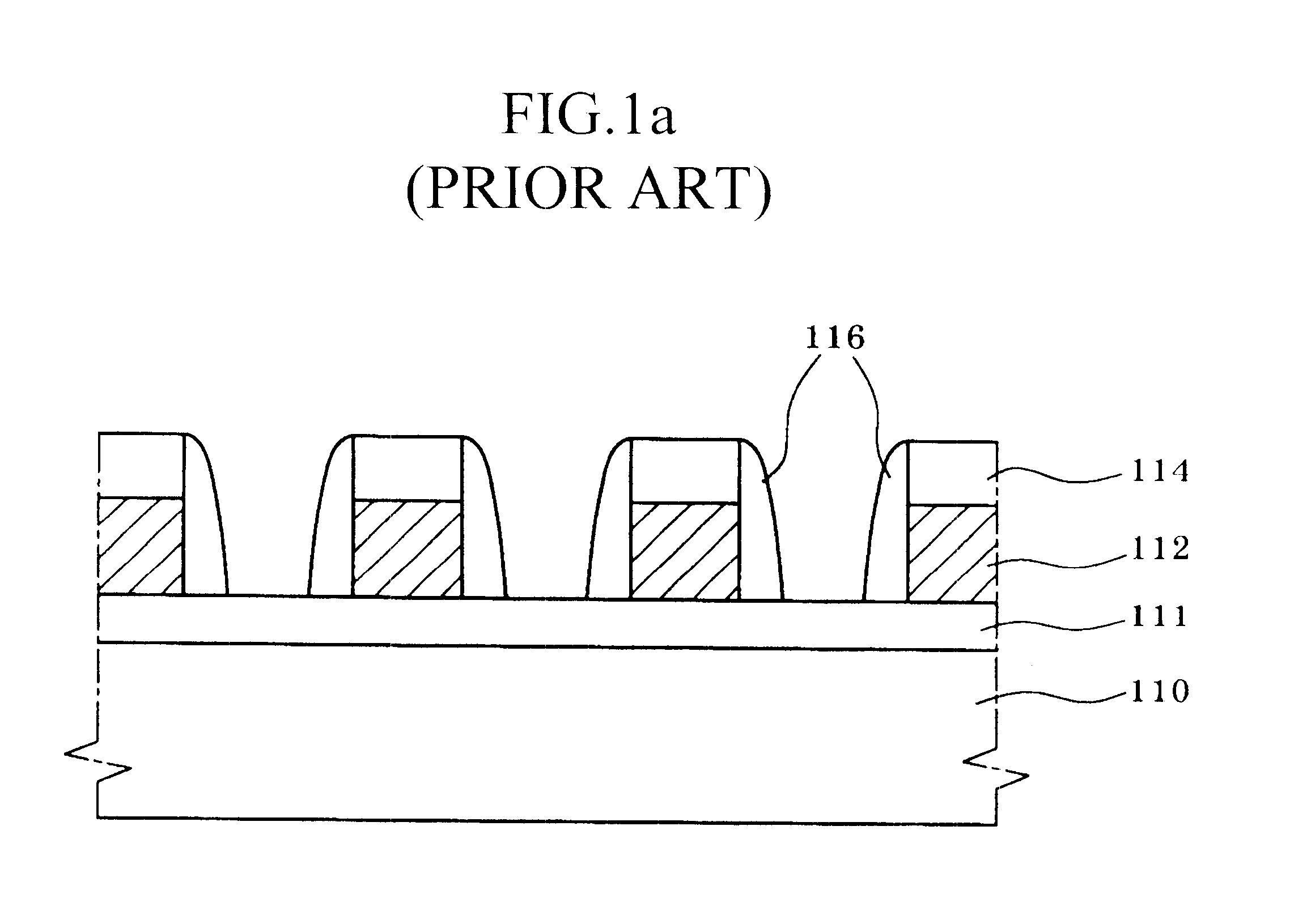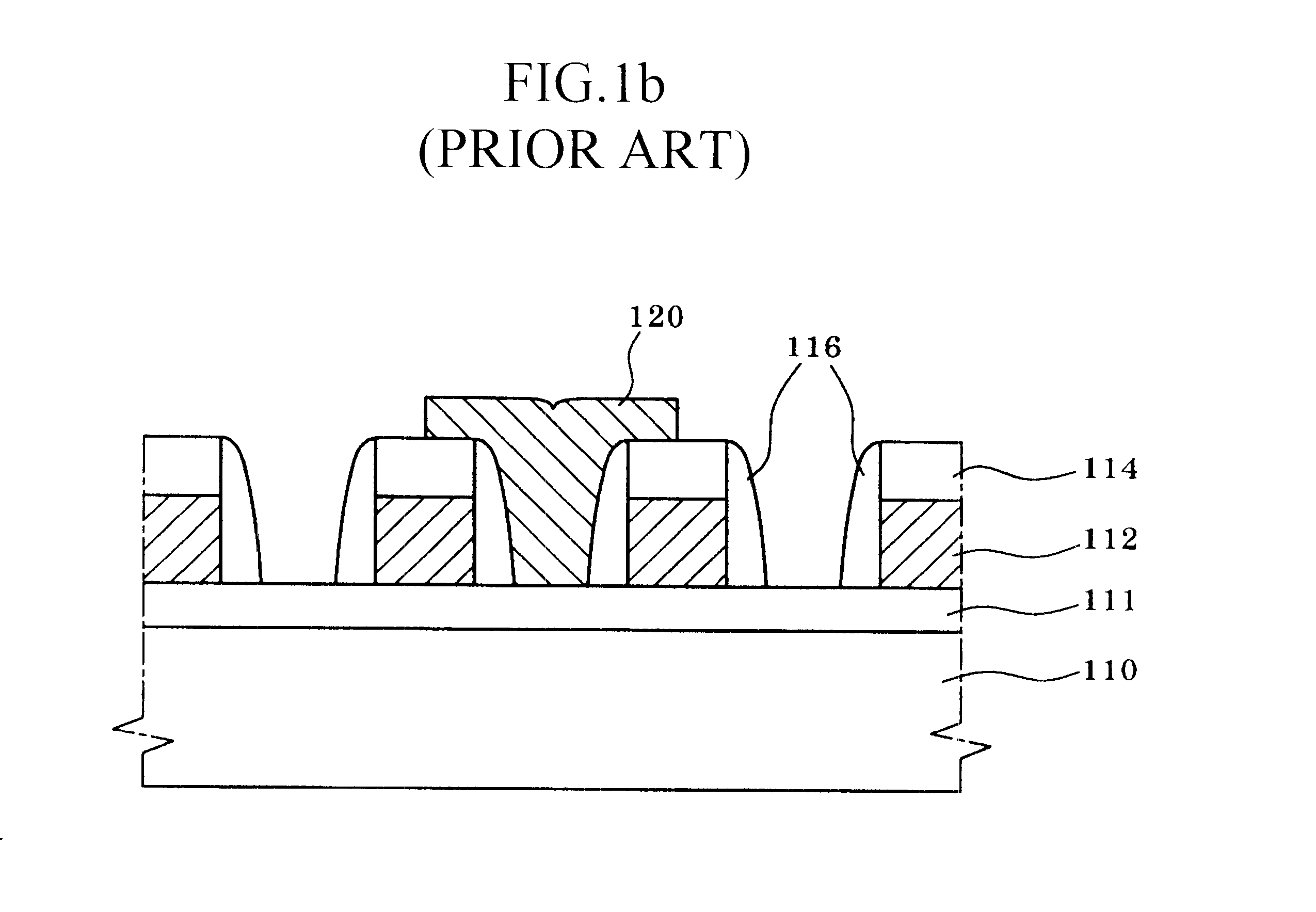Electric double layer capacitor
a double-layer capacitor and capacitor technology, applied in the direction of hybrid capacitor electrodes, capacitors, electrolytic capacitors, etc., can solve the problems of low practical charge and discharge current, capacitors permit very low discharge and charge currents, and relatively low specific energy of capacitors
- Summary
- Abstract
- Description
- Claims
- Application Information
AI Technical Summary
Benefits of technology
Problems solved by technology
Method used
Image
Examples
example 1
An electric double layer capacitor (FIG. 1), comprising a negative electrode 5 in the form of 8 layers of activated carbon fabric of the TCA type having specific surface area of 1200 m.sup.2 / g and thickness of 300 .mu.m each; a 1-mm-thick positive electrode 7, with active mass containing lead sulfate and lead dioxide, pressed into a grid made of an alloy containing 94% lead and 5% antimony; a Grace-type porous separator 6; a pressure cover of the case 1; an insulator 2 preventing short-circuiting between the capacitor electrodes; a current collectors 3 made of sheet steel; a current collectors protective corrosion-resistant layer 4 made of graphite foil; an acid-resistant sealant 8; and a pressure-resistant case 9.
According to the chemical analysis, the active mass of the positive electrode in discharged state contained 91.2% PbSO.sub.4 and 4.6% PbO.sub.2, while in the charged state it contained 3.2% PbSO.sub.4 and 92.8% PbO.sub.2. Therefore, the mass ratio of the lead sulfate and ...
example 2
An electric double layer capacitor (FIG. 2) differing from the capacitor described in Example 1 (FIG. 1) in that in this case, two negative electrodes were employed made each of 4 layers of TCA-type activated carbon fabric (with specific surface 1200 m.sup.2 / g and layer thickness 300 .mu.m), positioned on both sides of the positive electrode and interconnected. The positive nonpolarizable electrode 7 consisted of a grid made of an alloy containing 94% lead and 5% antimony. A paste consisting of 83% active mass and 17% polytetrafluorethylene was applied into the grid openings. According to the chemical analysis, the mass ratio of the lead sulfate and lead dioxide at assembly in discharged state was 95.8%. At fully charged state, the same ratio was 5.6%, and at 50% discharge--45.1% (in these calculations, the total mass of the PbSO.sub.4 and PbO.sub.2 was taken as 100%). A Grace-type separator 5 was employed. Current collectors 3 were made of sheet stainless steel. The current collec...
PUM
 Login to View More
Login to View More Abstract
Description
Claims
Application Information
 Login to View More
Login to View More - R&D
- Intellectual Property
- Life Sciences
- Materials
- Tech Scout
- Unparalleled Data Quality
- Higher Quality Content
- 60% Fewer Hallucinations
Browse by: Latest US Patents, China's latest patents, Technical Efficacy Thesaurus, Application Domain, Technology Topic, Popular Technical Reports.
© 2025 PatSnap. All rights reserved.Legal|Privacy policy|Modern Slavery Act Transparency Statement|Sitemap|About US| Contact US: help@patsnap.com



